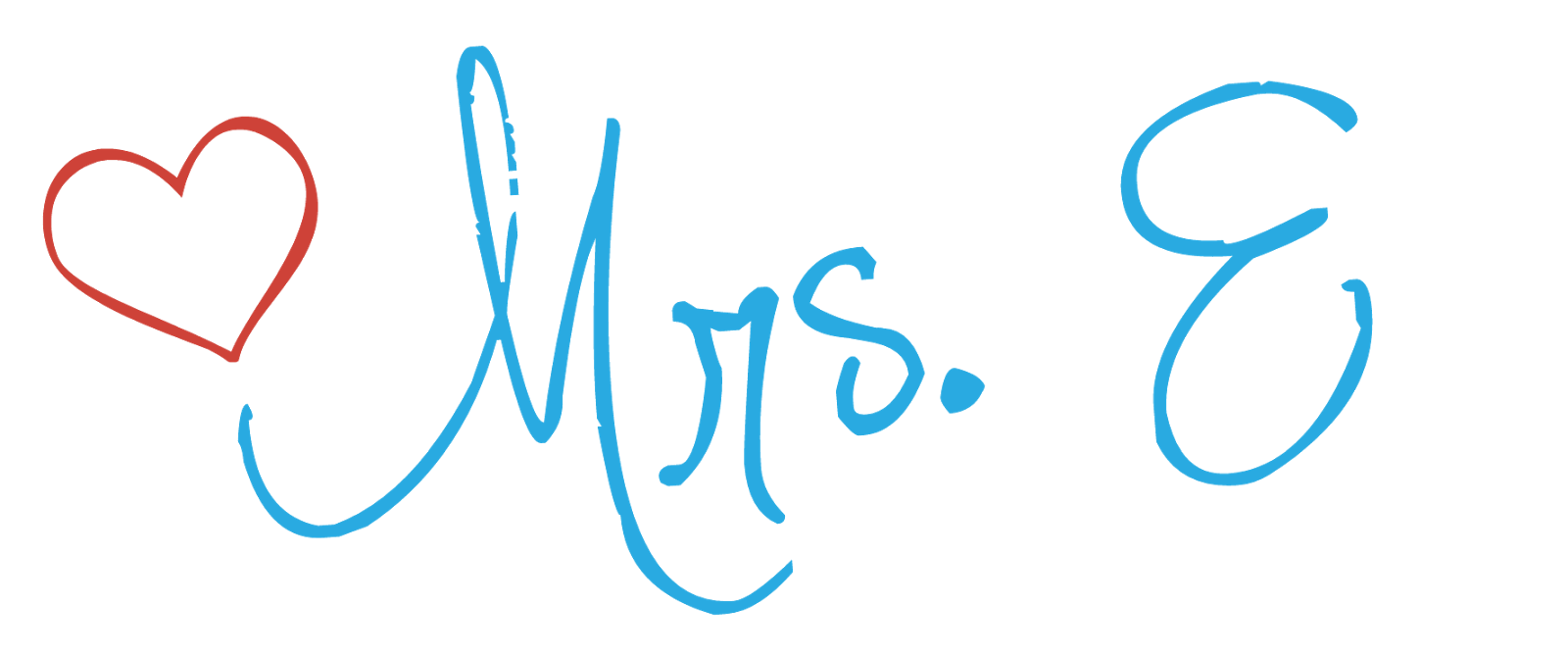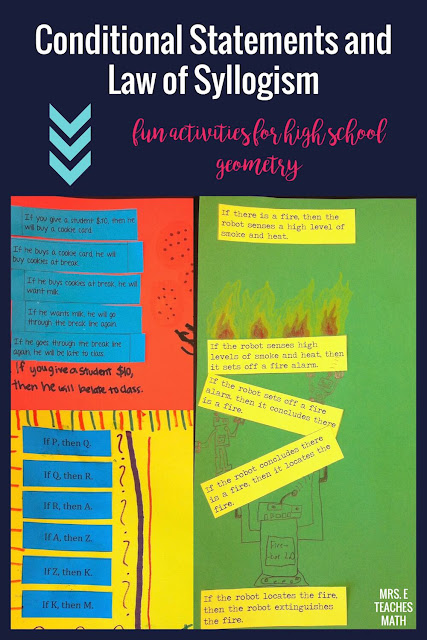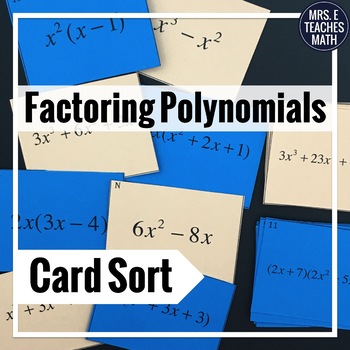Right now, in Algebra 2 Honors, we’re reviewing linear functions (from Algebra 1). In previous years, I have not really done anything with modeling, other than the “story problems” in the textbook. I found a lesson by Robert Kaplinsky that he titled “How much does a 100x100 In-N-Out cheeseburger cost?” There were a couple of other lessons I was thinking about using it, but when I read this:
“This awesomely gross lesson provides students with a real world context for building linear functions.”
Bam, that was it, I was sold.
My goal was to hit the following points:
- Make a table of values
- Calculator graphing
- Write an equation based on points
- Talk about function notation
- Have the kids ask any other questions that could be solved using math
I decided that as long as I hit those goals, I would call it a success and try this again later in the year. I knew going into it that it wasn’t going to be perfect the first time. But hey, this is new for me. Also, this is Algebra 2 Honors. I figured I couldn’t mess them up too bad at this point. This was kind of a review for them.
This is what I did:
- First, we did our regular, beginning of class bellwork. I love me some bellwork.
- Then, I put this picture on the board and didn’t say a word. Also, this class period is right before lunch :) The class was almost silent during bellwork. The class erupted.
- We has a quick discussion about how we’re hungry. Then, I showed the picture of the Double-Double cheeseburger. When I showed them the picture of the 100x100 cheeseburger they started throwing out all kinds of great questions. The question “How much does that thing cost?” came up quickly. I made them give me an estimate that they knew was too low, and an estimate that they knew was too high.
- I handed out student answer sheets and displayed the picture of the menu and prices. I told them that they had to find out how much the 100x100 cost, but then they could also answer any other question they thought of. They worked in partners.
- After I gave the directions and let them work a few minutes, I realized that I was a little too vague. We looked at the answer sheet together and I explained that I wanted them to come up with a function and represent it in four different ways.
- It was interesting to me to watch them work. Every single one of my groups wrote their equation as cost = 0.9(# of patties) + 0.85 I expected some of the groups to use the cost of the Double-Double and some to use the cost of the single cheeseburger. They weren’t copying off of each other either.
- When all of the groups figured out the cost, I showed them the picture of the receipt. I didn’t expect it to be a big deal, but there was a huge jackpot payoff for them to see the actual receipt. I didn’t realize it before I used it in class, but there needs to be some sort of payoff for their work.
- Then, I let them choose another question and answer it themselves. Most of the kids asked something based off of the number of calories. My favorite was “If no one could eat more than 2,000 calories, how many people would it take to eat all of that?” Another group found out how many patties they could eat to fit within their daily calorie allowance.
Reflections and Thoughts:
- I totally forgot to do some type of summary before the bell rang. I only teach one section of this class, so I didn’t get a chance to do better the next class period.
- My kids were really excited about this. Crazy excited. However, I think that I need to be careful and reel them in a little next time. It’s only September; I’m nervous to see what crazy excited looks like in April. They worked hard and talked math the whole period, but I want to keep a tighter ship next time.
- I’m glad I practiced with a review type lesson before I jumped into something that was new material for them. Now, I know a little more what to expect and how to guide them when I do use more tasks in the future.
- Their biggest hurdle was getting started. Having a loose framework for them (like an answer sheet) is essential, in my opinion. It helps them sort their thoughts.
- Some kids worked much faster than others (duh!). This was great because I could just say, “Great, what else can you tell me?” and they could work on another question. However, I think I need to provide a little more guidance to the struggling groups next time.
- I had my students work in partners. Next time, I’ll have them work in groups of four. They need more discussion.
I plan to do a few more of these types of lessons this year.





























